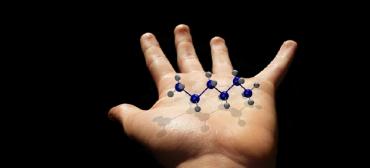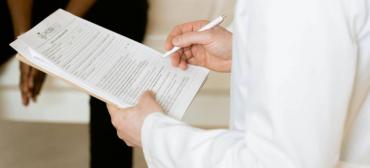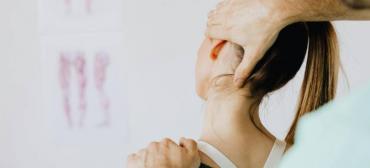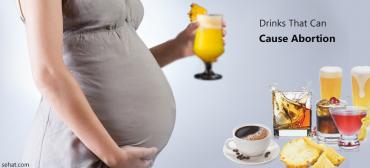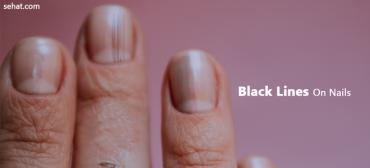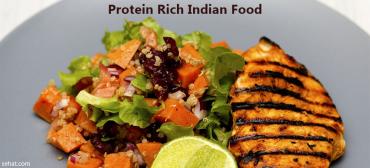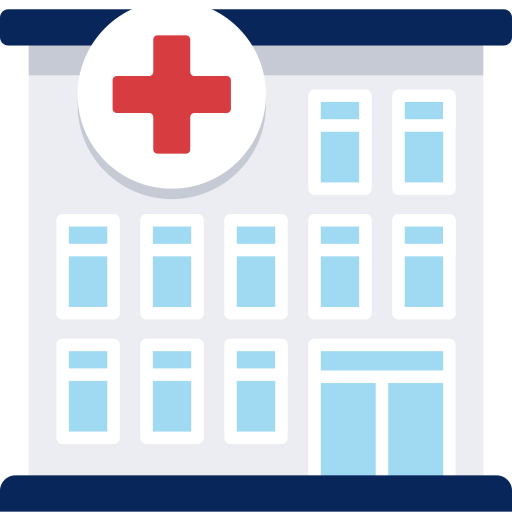First-Degree Burns
What is a first-degree burn?
First-degree burns affect only the epidermis, or outer layer of skin. The burn site is red, painful, dry, and with no blisters. Mild sunburn is an example. Long-term tissue damage is rare and usually consists of an increase or decrease in the skin color.
| |
| Click Image to Enlarge |
What causes a first-degree burn?
In most cases, first-degree burns are caused by the following:
-
Mild sunburn
-
Flash burn -- a sudden, brief burst of heat
What are the symptoms of a first-degree burn?
The following are the most common signs and symptoms of a first-degree burn. However, each child may experience symptoms differently. Symptoms may include:
-
Redness
-
Dry skin
-
Skin that is painful to touch
-
Pain usually lasts 48 to 72 hours and then subsides
-
Peeling skin
The symptoms of a first-degree burn may resemble other conditions or medical problems. Consult your child's physician for a diagnosis.
Treatment for first-degree burns
Specific treatment for a first-degree burn will be determined by your child's physician, based on the following:
-
Your child's age, overall health, and medical history
-
Extent of the burn
-
Location of the burn
-
Cause of the burn
-
Your child's tolerance for specific medications, procedures, or therapies
-
Your opinion or preference
First-degree burns usually heal on their own within a week. Treatment may depend on the severity of the burn and may include the following:
-
Cold compresses
-
Lotion or ointments
-
Acetaminophen or ibuprofenÂ
First-degree burns are usually not bandaged. Consult your child's physician for additional treatment for first-degree burns.

